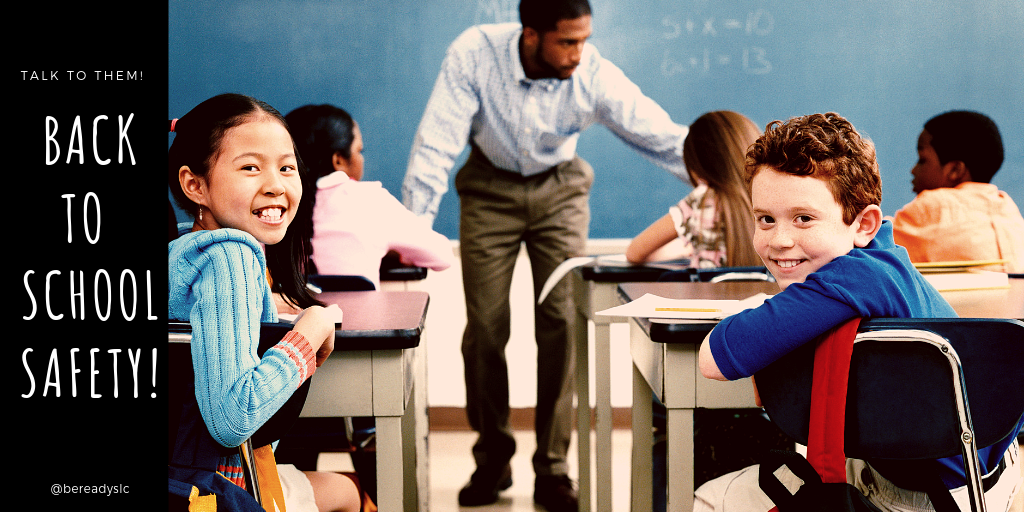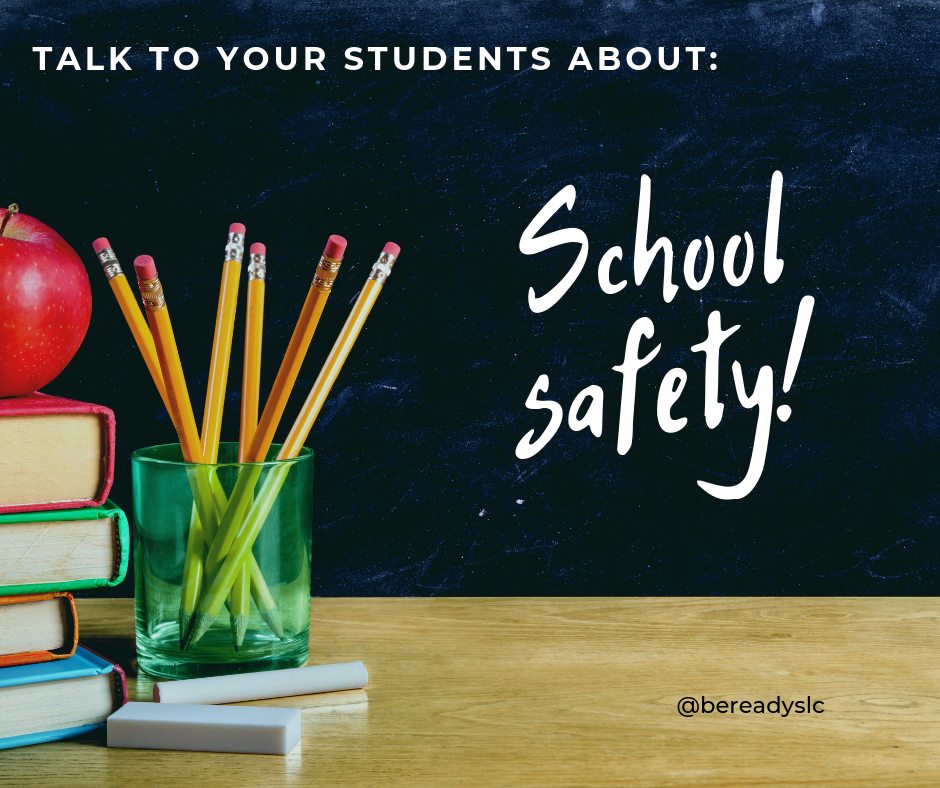
UPDATE– Given new evidence on the B.1.617.2 (Delta) variant, CDC has updated the guidance for fully vaccinated people. CDC recommends universal indoor masking for all teachers, staff, students, and visitors to K-12 schools, regardless of vaccination status. Children should return to full-time in-person learning in the fall with layered prevention strategies in place. Guidance for COVID-19 Prevention in K-12 Schools
While future events may dictate changes in areas requiring security, safety and preparedness attention, there are certain specific points where school officials may want to focus their efforts.
These are not limited to the mitigation and preparedness for traditional natural hazards and disasters but need to also include prevention and preparedness for manmade and technological incidents, such as HAZMAT incidents, or a cyber-attack, as well as, bomb threats, acts of violent extremism, and terrorism. In fact, good safety and emergency preparedness measures designed to reduce the effects of a natural disaster often have much in common with those efforts designed to reduce the risks associated with accidents in general, typical acts of violence, mass contamination incidents, and other types of mass casualty incidents. Visit: Be Ready Schools
Back to School Safety Checklist
As summer draws to a close and children start heading back to school, family life can get pretty hectic. It’s important to remember – and share with your children – some key tips that will help keep them safe and healthy throughout the school year.
Transportation Safety
Whether children walk, ride their bicycle or take the bus to school, it is extremely important that they take proper safety precautions.
Here are some tips to make sure your child safely travels to school:
- Walk on the sidewalk, if one is available; when on a street with no sidewalk, walk facing the traffic.
- Before you cross the street, stop and look left, right and left again to see if cars are coming.
- When riding a bike, scooter, or skateboard-Ride on the right side of the road, with traffic, and in a single file.
- If taking the bus- Go to the bus stop with your child to teach them the proper way to get on and off the bus.
- Ask your children to use both straps when wearing their backpack to evenly distribute the weight on their shoulders.
- Have dry food, a water bottle, a light jacket, and extra change of clothes.
- Rolling backpacks should be used cautiously since they can create a trip hazard in crowded school hallways.
Get more tips at National Safety Council
All too often gun violence and mass shootings top the headlines in America, causing anxiety and confusion among young people. To help students who are continually hearing about senseless gun violence in or near schools and are scared about their safety, we offer advice from the National Association of School Psychologists for talking to them about violence and other national tragedies. Visit: National Education Association

US. Department of Education
There is no one plan that fits all schools across the country, so the Commission will be focusing on all variations of school size, structure, and geographic locations with their final recommendations. Input from Commission meetings, listening sessions, and field visits will all be considered. Meetings and correspondence with students, parents, teachers, school safety personnel, administrators, law enforcement officials, mental health professionals, school counselors, security professionals and other related stakeholders will be critical to the Commission’s work as well.
National PTA
Students deserve a safe environment in which to live, learn and grow. Unfortunately, the threat of violence is a presence in many communities and has grown in a number of schools across the country.
What You Can Do
-
Talk to Your Children
Provide a safe environment for kids to ask questions and openly express their worries and concerns.
-
Recognize the Warning Signs
Even small changes in behavior (ex: moodiness, changes in sleep, anti-social behavior, change in school performance) can give you an early warning that something is troubling your child.
-
Know When to Intervene
If you see children exhibiting behavior or attitudes that could potentially harm themselves or others, talk to their parents or, if it’s your child, do something to stop it.
-
Stay Involved
Be aware of your kid’s school work loads and grades, be informed about existing emergency plans and procedures, and get to know their friends.
-
Watch “Helping Your Kids Cope With Trauma”
During this webinar, Co-hosted by the American Psychological Association, families will learn how to address when traumatic events happen to kids and when kids witness traumatic events through the media, how to talk to kids openly and directly when traumatic things occur, and how to know when they might need more help than you can give them.
DHS – School Safety and Security
As part of the Department’s efforts, the U.S. Secret Service National Threat Assessment Center (NTAC) created an operational guide that provides actionable steps that schools can take to develop comprehensive targeted violence prevention plans for conducting threat assessments in schools.
Notes from the CDC – Emergencies and disasters can happen during the school day. Taking steps now can help protect the students in your care.
Visit- Back to school
Foundational Elements of School Safety
While there isn’t a universal safety plan, schools can take common actions to address the foundational elements of school safety.
SchoolSafety.gov provides a Safety Readiness Tool for you to evaluate how your district or school is addressing these foundational elements. When you are done with the assessment, you will get a personalized action plan that has resources and next steps for each of these areas: